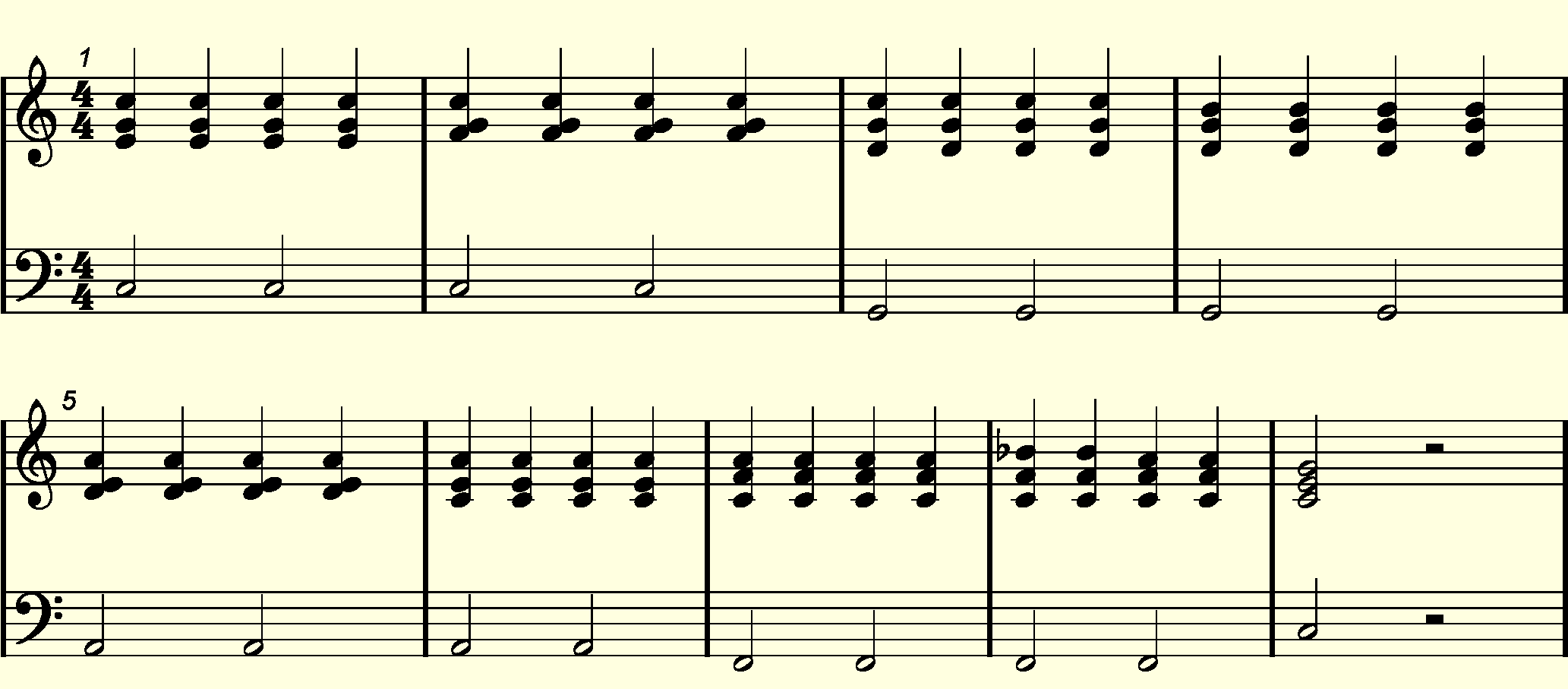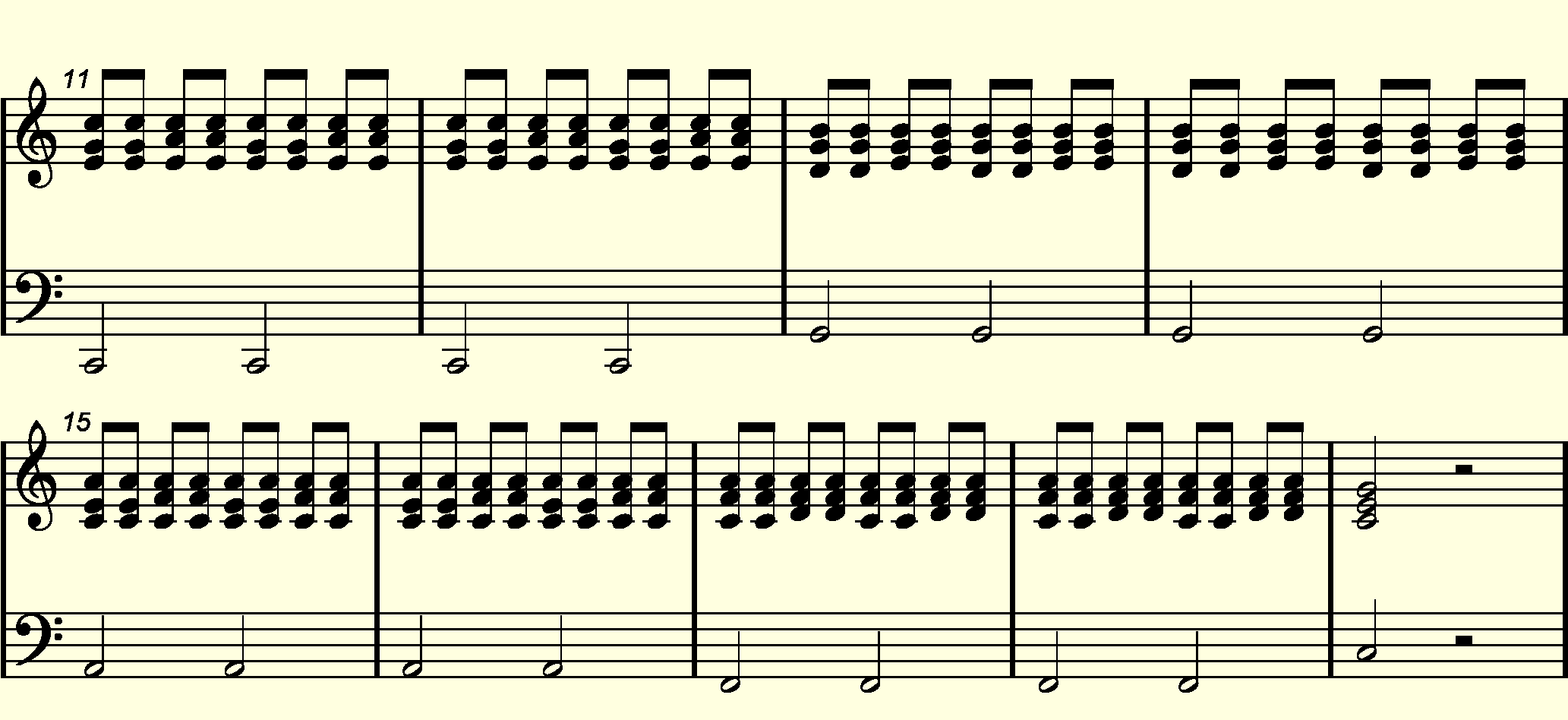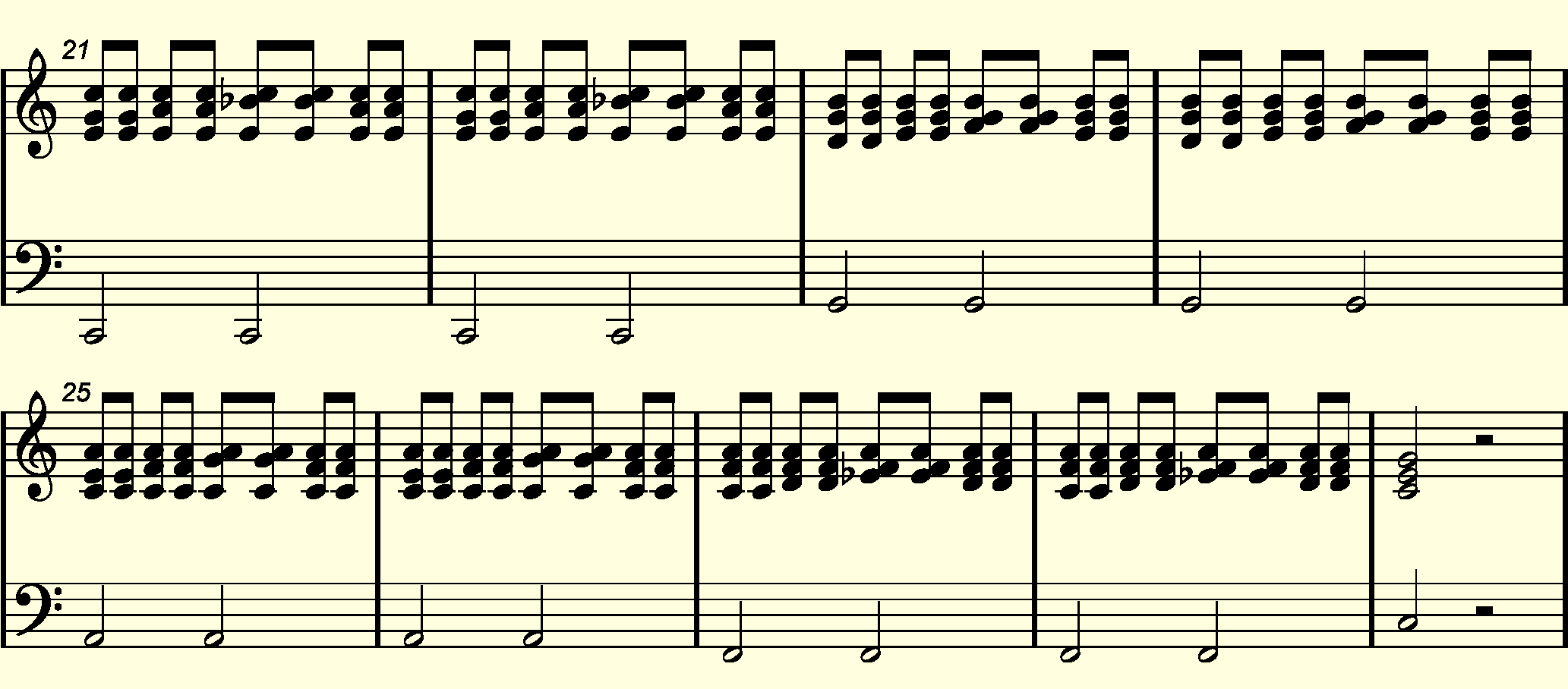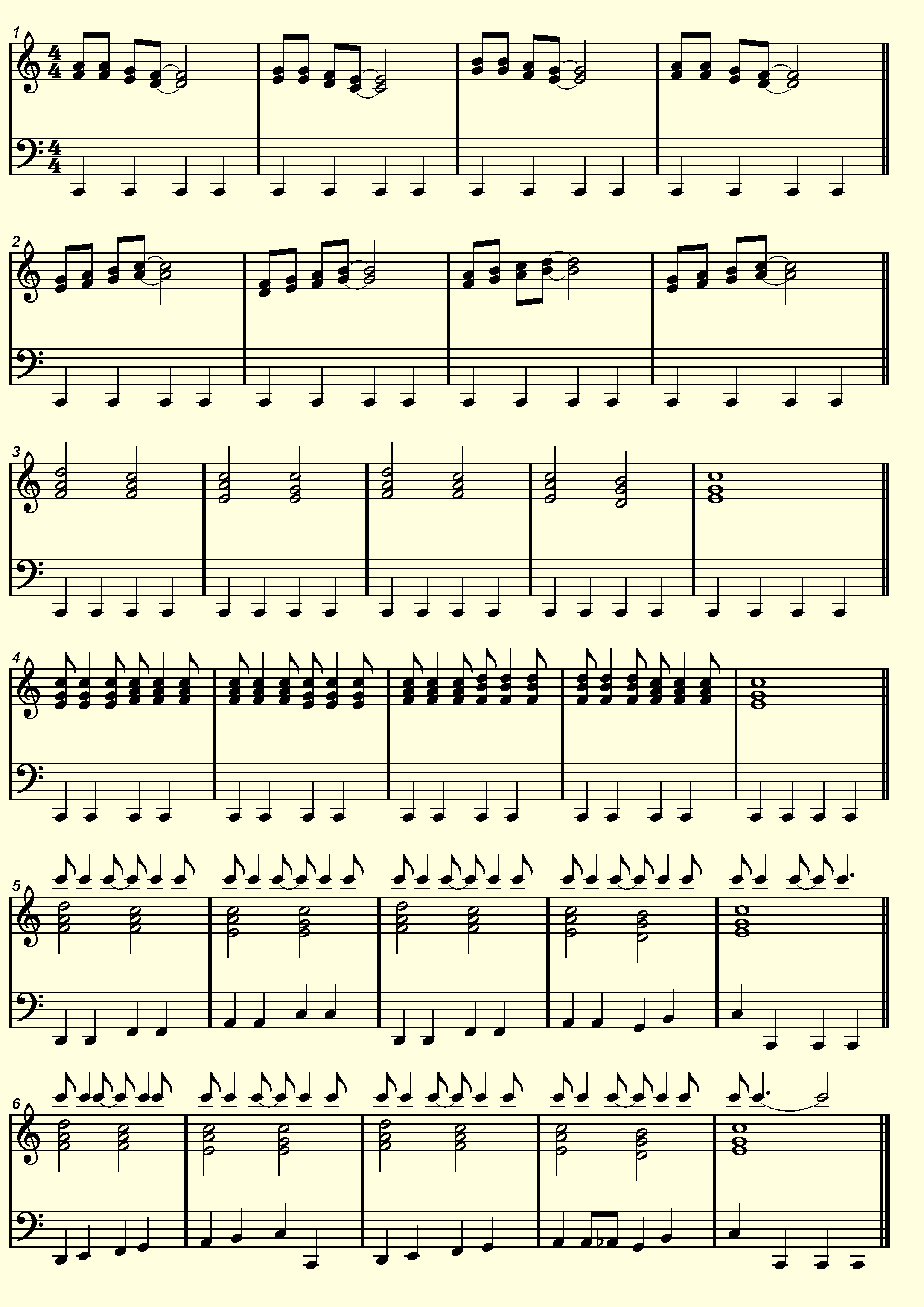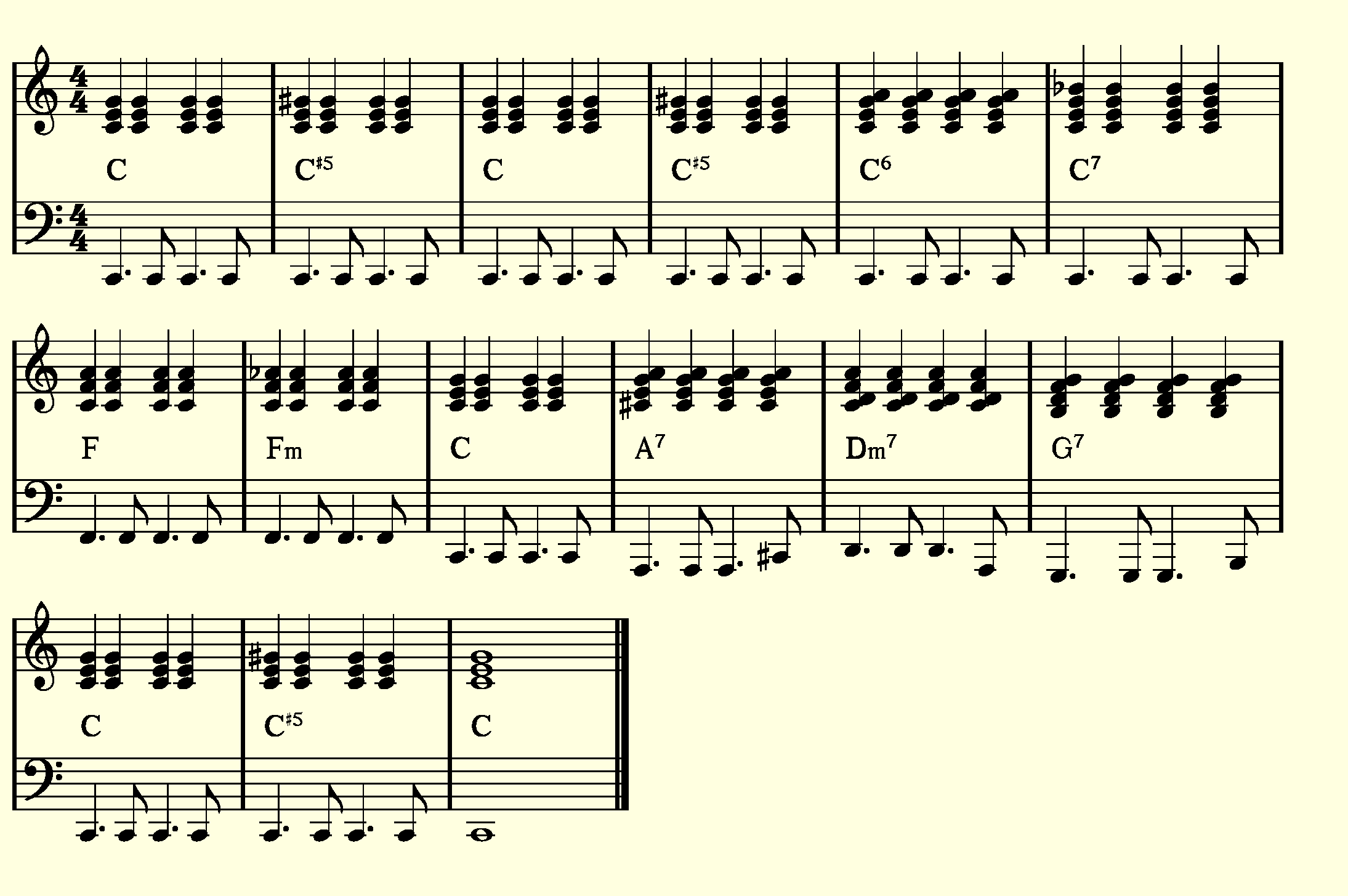To try and make my progressions more interesting, I'm really trying to emphasize tension and resolution.
For example in the CMaj Key. Just playing my basic Maj and Minor chords doesn't cause much tension to be resolved, what is it I would do to cause that tension.
Add a fourth note to my chord? Augmented Chords? 7th Chords?
For example in the CMaj Key. Just playing my basic Maj and Minor chords doesn't cause much tension to be resolved, what is it I would do to cause that tension.
Add a fourth note to my chord? Augmented Chords? 7th Chords?

